The Toyota Sequoia is the largest SUV Toyota makes, which makes sense since it’s derived from the Toyota Tundra, which is the largest pickup by the Japanese automaker. Built for the US market in Toyota’s Indiana factory, it competes with other mega-SUVs locally like the Chevrolet Tahoe, Dodge Durango, GMC Yukon, Nissan Armada, Buick Enclave, Chevrolet Traverse, GMC Acadia, and Ford Expedition, as well as with some extra-large variants like the Chevy Suburban. However, being a Toyota, it’ll run longer than any of them. It’s also one of the safest vehicles you can buy as judged by IIHS driver death rates, and was one of the few vehicles to make the recent “zero” driver death list.
As a result, it’s no surprise that the Sequoia is a popular vehicle among families interested in safety, utility, and reliability. It seats 7-8 passengers, depending on which generation you’ve purchased, and is one of the hardiest vehicles on the road. However, I wanted to figure out just how well it did when it came to fitting car seats across the 2nd and 3rd rows.
Before going into which seats worked (a lot of them) and which ones didn’t (very few), let’s take a quick look at which kinds of seats you’ll want to use with your children, when you’ll want to use them, how you’ll want to face them, and why.
For me, the most basic and essential part of car seat safety involves rear-facing. It’s the safest position we know of, and the longer our kids rear-face, the safer they’ll be, regardless of what kind of vehicle they travel in. I recommend keeping children in rear-facing infant or convertible seats as long as possible (ideally until 4!), then keeping them harnessed in forward-facing seats for several years more (ideally until at least 6!), and then only switching them out of booster seats when they pass the 5 step test (which typically happens between 10 and 12). The goal is to keep kids in the safest kinds of seats for as long as possible to increase their odds of surviving serious car crashes.
With that all in mind, I got to work with my seats to create what I believe to be the most detailed 3 across guide for the Toyota Sequoia on the Internet. If you find the list helpful when shopping for car seats, you can shop through my Amazon link below. I’ll add more seats as I test them over time.
You can access the complete 3 across guide for every vehicle here and the complete list of recommended seats here. The Canadian car seat guide is here. 3 across car seat images are taken by yours truly or are courtesy of Wikipedia.
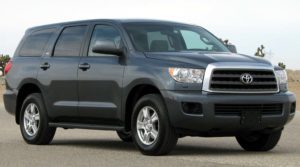 2008, 2009, 2010, 2011, 2012, 2013, 2014, 2015, 2016, 2017 Toyota Sequoia
2008, 2009, 2010, 2011, 2012, 2013, 2014, 2015, 2016, 2017 Toyota Sequoia
Guaranteed 3 across installations:
Clek Fllo (x3).
Clek Foonf (x3).
Diono Radian RXT (x3).
Diono Radian R120 (x3).
Diono Radian R100 (x3).
Chicco KeyFit 30 (x3).
Chicco NextFit (x3).
Graco Size4Me 65 (x3).
Graco Head Wise 65 (x3).
Graco Fit4Me 65 (x3).
Graco Contender (x3).
Combi Coccoro (x3).
Tips and Tricks:
The second generation Sequoia is currently just over 205 inches long and just under 80 inches wide. As a result, you’re going to be able to fit pretty much anything you want inside it in the 2nd row (presuming you have the SR5 or Limited trim levels) and a great many seats in the 3rd row as long as you’re willing to use seat belts in both rows as needed. To be honest, you’ll probably be able to get away with using LATCH on both seats, but do keep in mind that some seats will be wide enough to make using seat belts the better option.
The generous amount of room between the 1st and 2nd row also means you shouldn’t struggle with front-to-back room, although you’ll struggle more with the installation of rear-facing seats if you try to use them in the 3rd row. Forward-facing seats won’t be an issue in any of the rows, although you will have to deal with a limited number of tethers available in the Sequoia overall. Remember that you always want to tether forward-facing seats to limit head excursion.
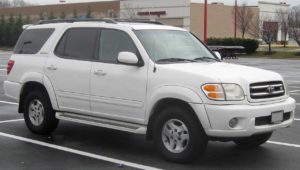 2001, 2002, 2003, 2004, 2005, 2006, 2007 Toyota Sequoia
2001, 2002, 2003, 2004, 2005, 2006, 2007 Toyota Sequoia
Guaranteed 3 across installations:
Clek Fllo (x3).
Clek Foonf (x3).
Diono Radian RXT (x3).
Diono Radian R120 (x3).
Diono Radian R100 (x3).
Chicco KeyFit 30 (x3).
Graco Size4Me 65 (x3).
Graco Head Wise 65 (x3).
Graco Fit4Me 65 (x3).
Graco Contender (x3).
Combi Coccoro (x3).
Tips and Tricks:
The first generation Sequoia is just under 204 inches long and between 76 and 79 inches wide, depending on whether you own an ’01-’02 (76″), an ’03-’04 (78″), an 05-’07 (79″), or an ’03-’04 SR5 2WD (76″). What this means is that you’re going to be able to fit most car seats you can think of in the Sequoia as long as you’re willing to use seat belts with the widest seats instead of LATCH, which robs you of valuable real estate. Remember that seat belts are as safe as LATCH, and often the easier of the two options when it comes to 3 across setups.
—
If you find the information on car safety, recommended car seats, and car seat reviews on this car seat blog helpful, you can shop through this Amazon link for any purchases, car seat-related or not. Canadians can shop through this link for Canadian purchases.

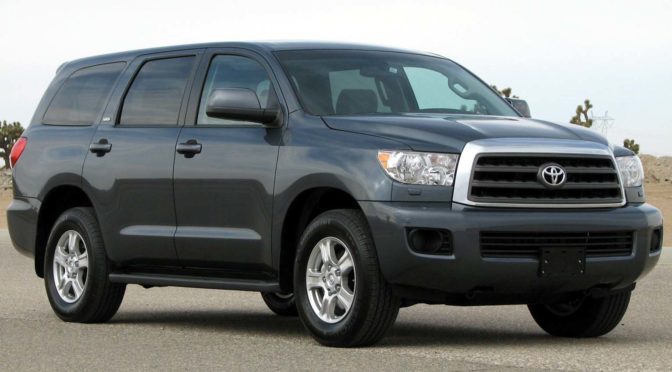


 Who
Who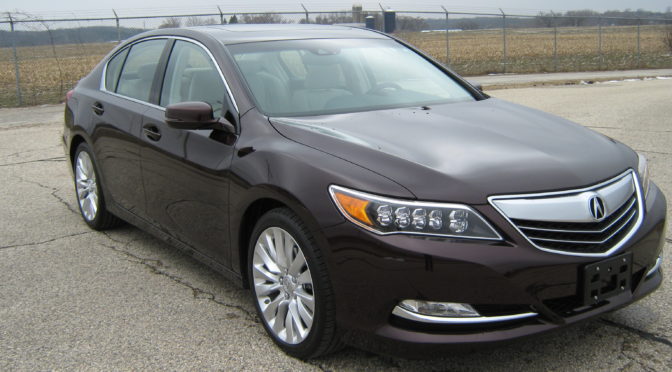
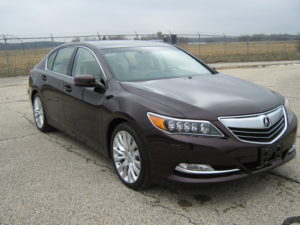 2014, 2015, 2016, 2017, 2018 Acura RLX
2014, 2015, 2016, 2017, 2018 Acura RLX

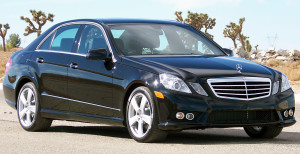 2015+ Mercedes E-Class
2015+ Mercedes E-Class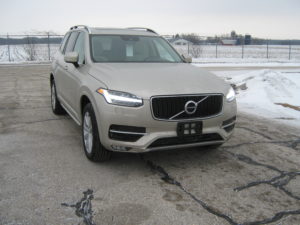
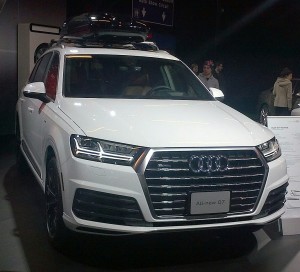
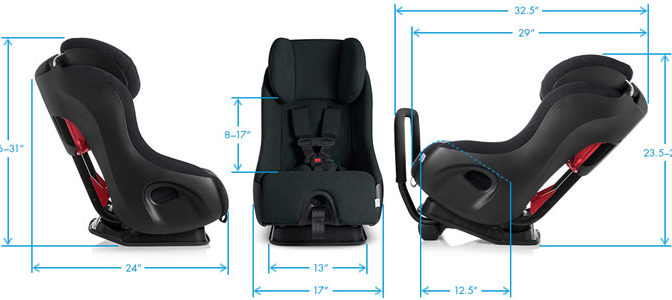
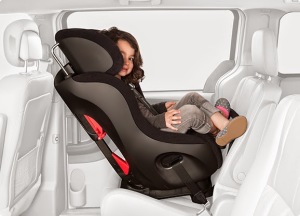
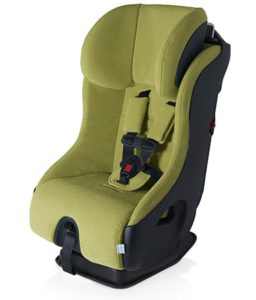
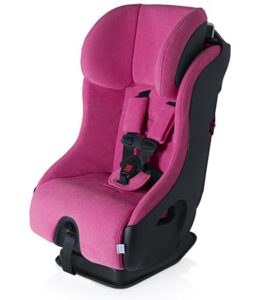
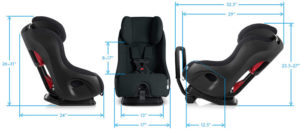
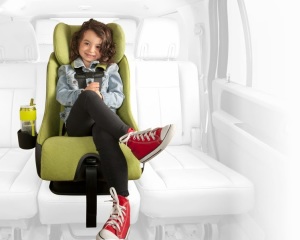
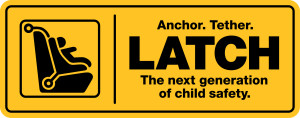
 If you find my information on best practices in car and car seat safety helpful, you can
If you find my information on best practices in car and car seat safety helpful, you can